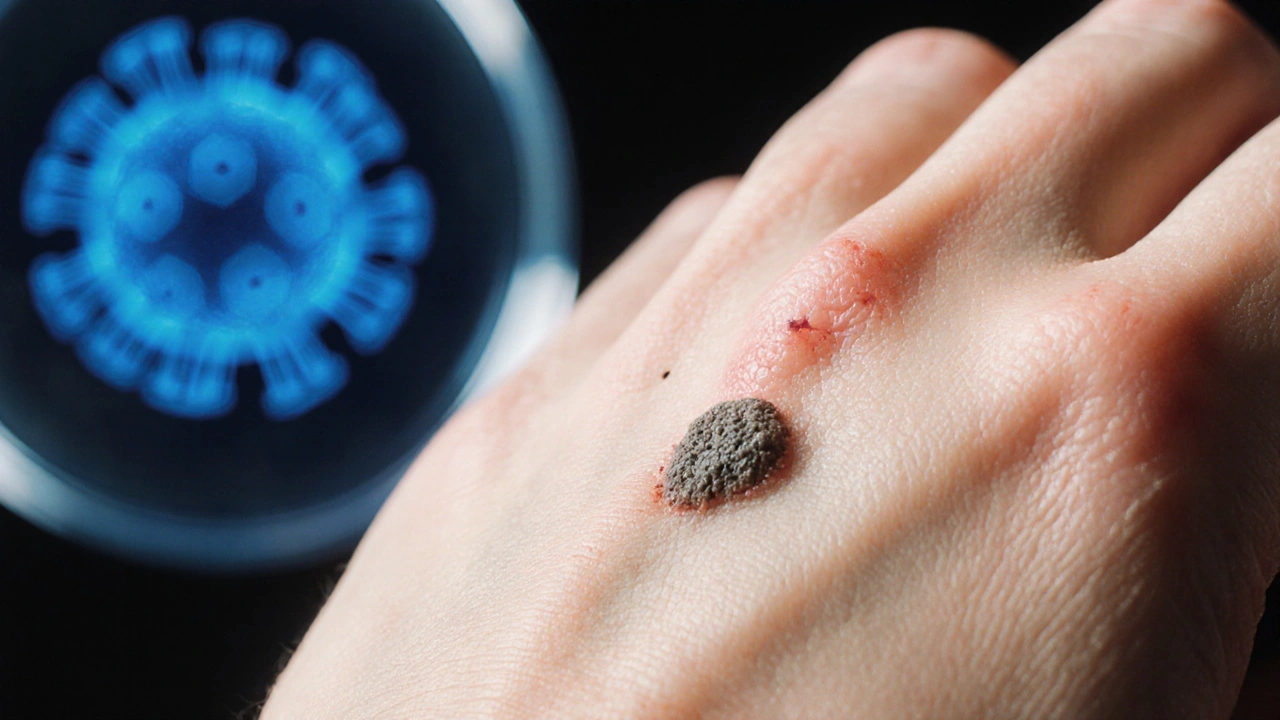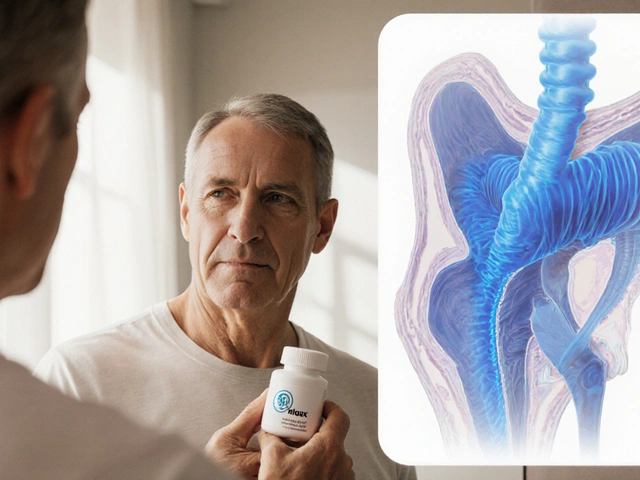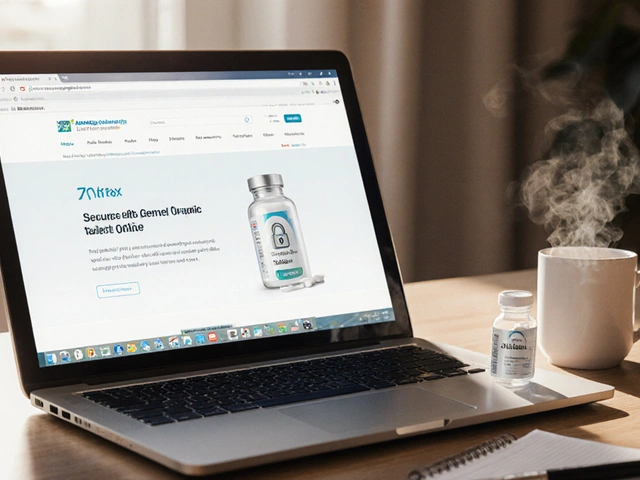Home Wart Removal: How to Safely Clear Warts at Home
When tackling home wart removal, the process of eliminating common skin warts without a clinic visit. Also known as DIY wart treatment, it usually starts with identifying the wart type and selecting an appropriate self‑care method. Home wart removal encompasses over‑the‑counter treatments, natural remedies, and low‑tech hacks. One of the most widely used agents is salicylic acid, a keratolytic compound that softens the wart’s thick skin, found in pads, drops, or gels. Another popular approach is cryotherapy, freezing the wart with liquid nitrogen or a store‑bought spray. For those who prefer a low‑cost hack, the duct tape method, covering the wart with airtight tape for several days has surprising anecdotal support. Effective home wart removal requires proper skin preparation, such as cleaning and softening the lesion before any product is applied. Cryotherapy influences wart tissue by rapidly freezing infected cells, which helps the immune system target the human papillomavirus (HPV) that causes the growth.
Choosing the Right Tool and Staying Safe
Before you reach for any solution, consider the over-the-counter wart remover, products that combine salicylic acid with cushioning pads for easy use. These kits often include instructions that protect the surrounding skin barrier, a critical factor because damaged skin can invite infection. If you have sensitive areas, diabetes, or a weakened immune system, consulting a dermatologist, a medical specialist in skin health is wise; they can recommend stronger prescription options or confirm that a home method won’t cause complications. Remember that each method has its own timeline: salicylic acid may need daily application for weeks, cryotherapy gives a rapid freeze but can cause temporary redness, and the duct tape method requires consistent re‑application for up to two weeks. Tracking progress helps you decide whether to continue, switch methods, or seek professional care.
Understanding when a wart is truly gone is as important as choosing the first treatment. The lesion should shrink, the skin surface flattens, and any lingering discoloration fades within a few weeks of consistent therapy. If the wart remains unchanged after several treatment cycles, or if pain, swelling, or bleeding occurs, it’s a signal to pause the DIY approach and schedule a professional evaluation. Combining methods—such as using salicylic acid after a cryotherapy session—to boost effectiveness is common, but only when you follow safety guidelines. Below, you’ll find detailed guides on each technique, product reviews, and step‑by‑step tips that will help you pick the right strategy for your skin type and lifestyle.
Natural Wart Remedies: Effectiveness and Safety Guide

Explore the effectiveness and safety of natural wart remedies, learn how they work, see comparisons with medical treatments, and get practical tips for home use.
read more



